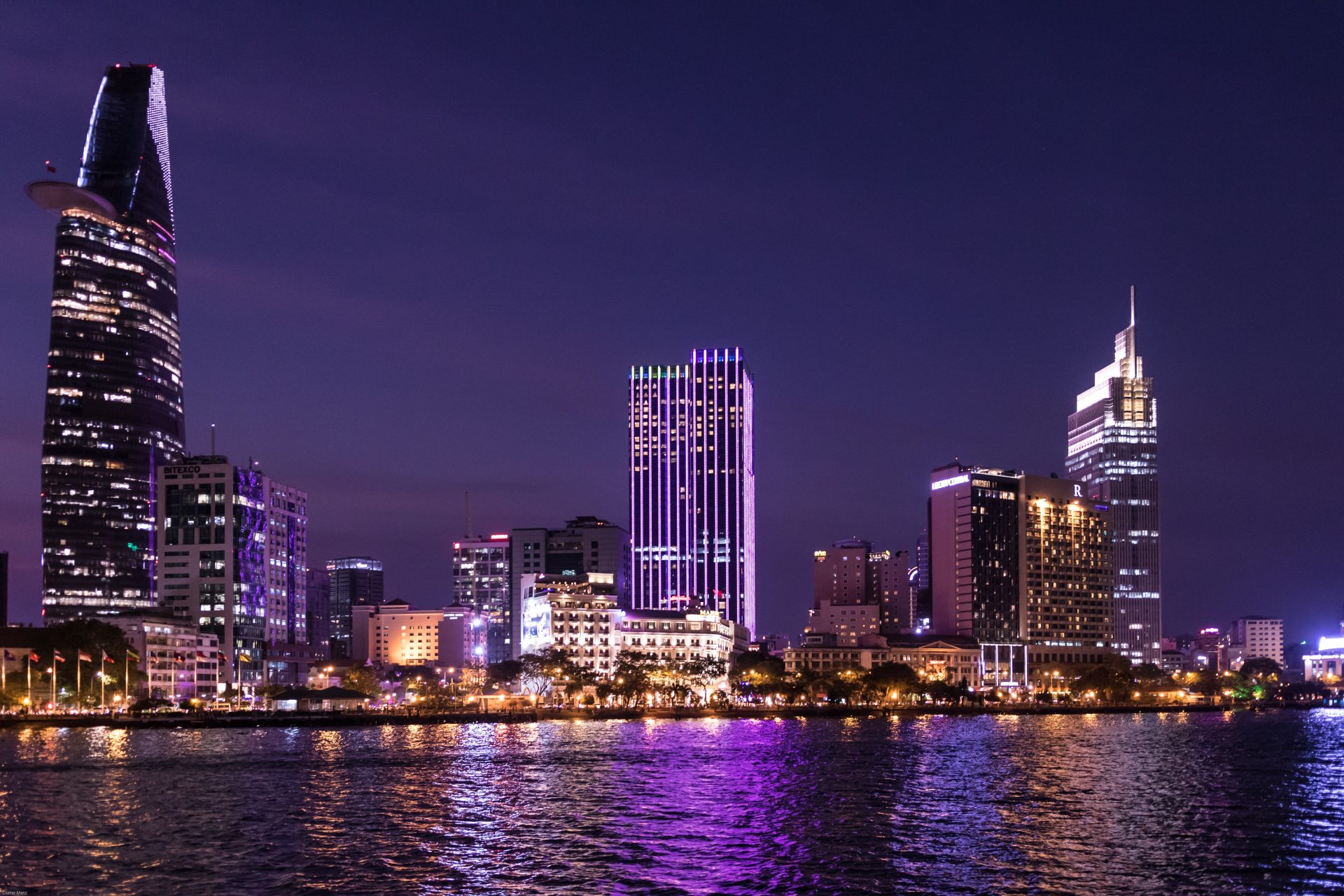The meaning of Saigon, often associated with its historical and cultural roots, has diverse interpretations, reflecting the city’s unique linguistic and historical blend. Find out the definition of Saigon through the ongoing exploration of its rich past and dynamic present in the article below!
The meaning of Saigon is intertwined with Ho Chi Minh City’s vibrant history. Formerly called Saigon, the city’s name changed after 1975. This dual nomenclature reflects the city’s dynamic identity and its enduring connection to its historical roots. Read this article to find out the definition of Saigon and “Why is Ho Chi Minh City called Saigon?”
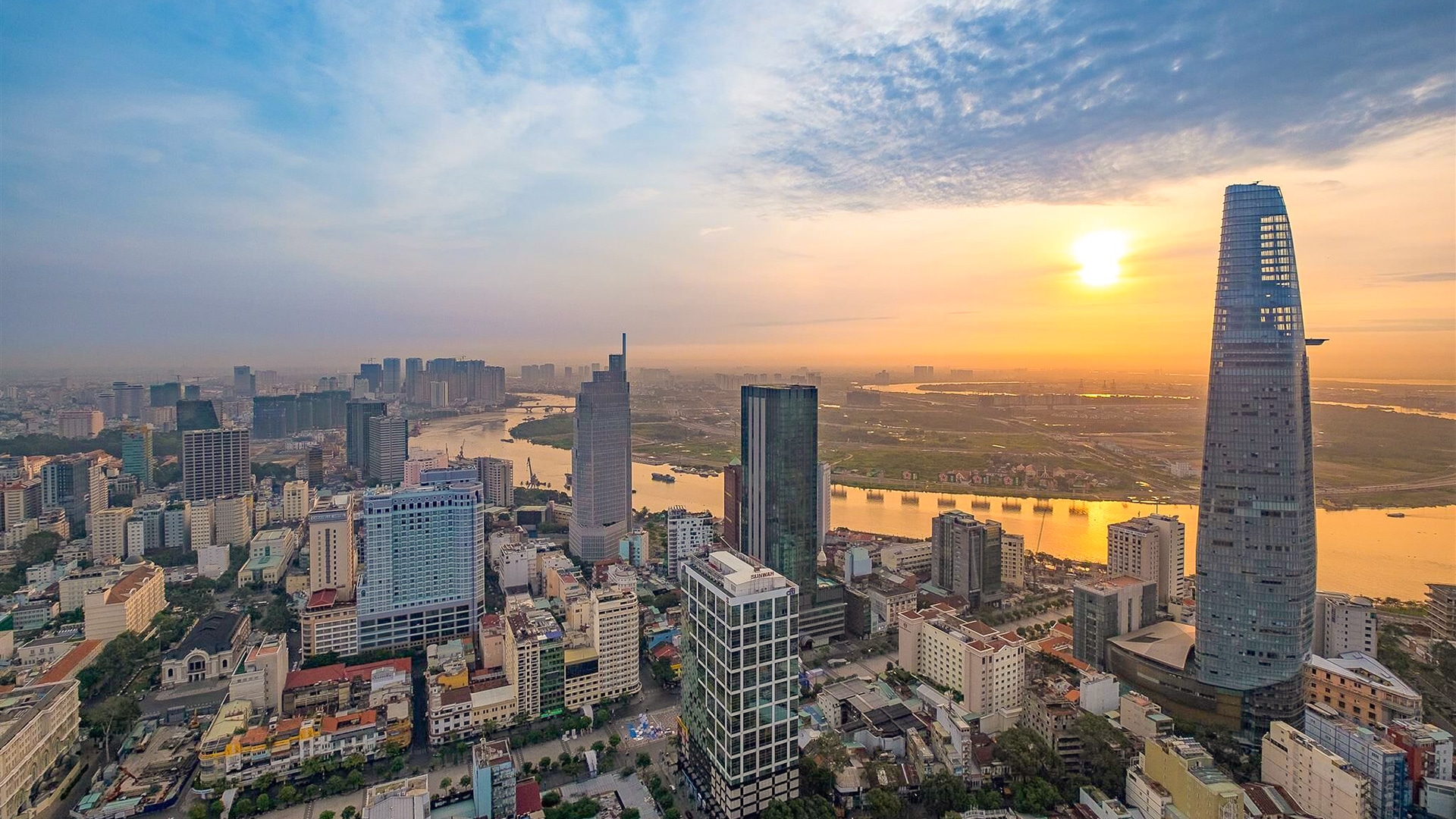
1. Meaning of the name “Saigon”
Saigon is the former name of Ho Chi Minh City, one of the most attractive tourist destinations in Vietnam. The name Saigon has intrigued people since the early 20th century, when the French made efforts to understand its origin. Even today, Vietnamese people do not fully understand or agree on the meaning of Saigon. Before delving into the definition of Saigon, let’s explore how to pronounce Saigon. The word “Saigon” is phonetically pronounced as /saiɡɒn/ and is spoken without the Vietnamese low, falling tone.
:max_bytes(150000):strip_icc()/ho-chi-minh-city-at-night-22c7df816ce4493eb0e86cf54fe03309.jpg)
After over 300 years of the city’s formation and development, scholars have proposed three explanations for the question “What is the meaning of Saigon?” or “What does Saigon mean in English?” considered the most credible: “Town in the middle of the forest,” “The prosperous land,” and “Tribute of the West.”
1.1. Town in the middle of the forest
This meaning of Saigon is derived from “Sai,” meaning “firewood,” and “Gon,” referring to “cottonwood trees”. According to Mr. Huynh Tinh Cua’s book, the meaning is interpreted as “cottonwood firewood.” Based on this information, scholar Truong Vinh Ky suggests that the name Saigon is a phonetic rendering of the Khmer term “Prei Nokor,” where “Prei” means “forest” and “Nokor” means “town.” Thus, “Prei Nokor” can be translated as a “town in the forest.”
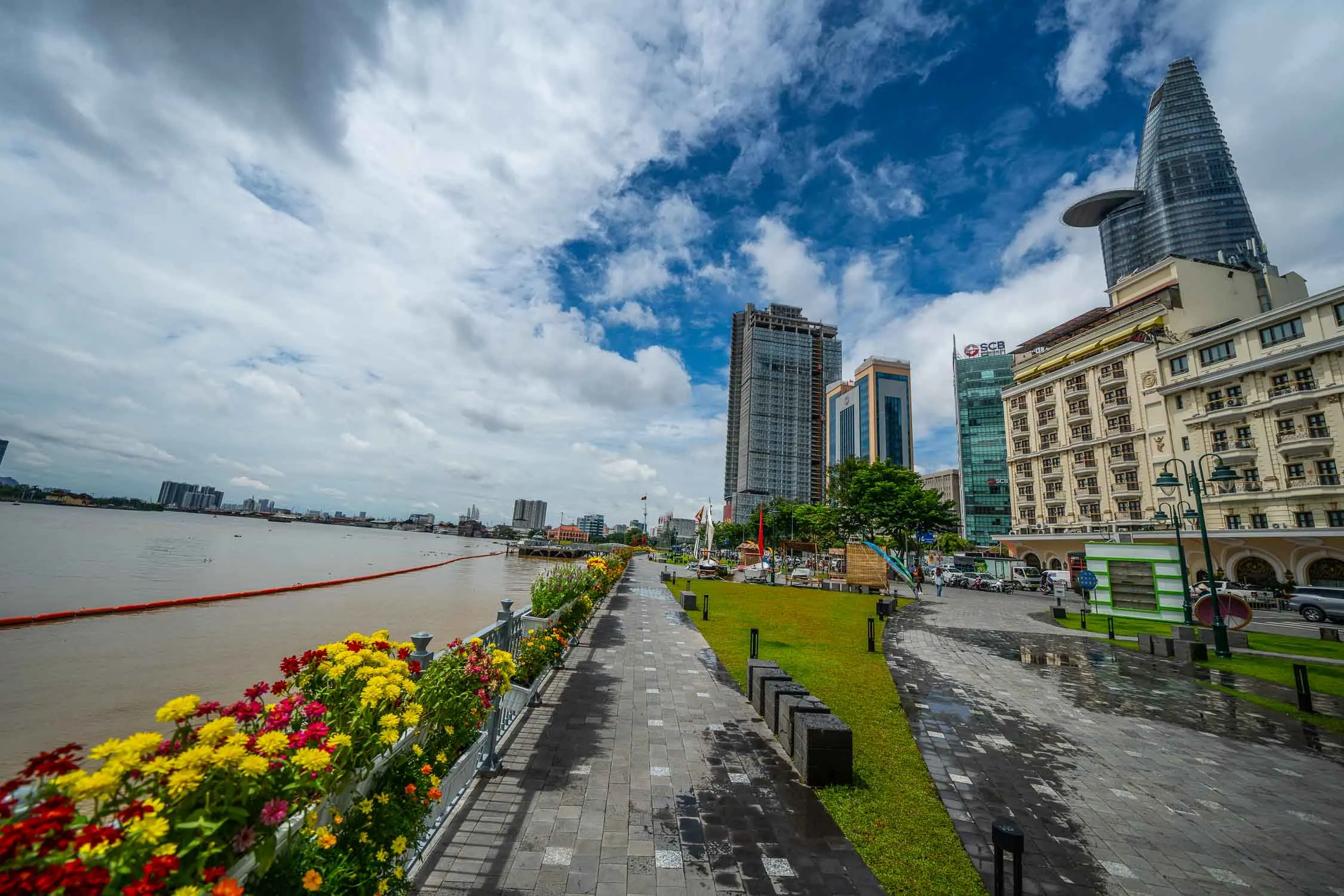
Over time, people changed “Prei” to “Rai” and then to “Sai.” Similarly, “Nokor” evolved into “Kor” and eventually became “Gon.” However, this explanation is considered unsubstantiated because, over time, no evidence has been found of a “forest with many cottonwood trees” in Prei Nokor; it remains speculative.
1.2. The prosperous land
Scholar and writer Vuong Hong Sen collected folk data to propose an alternative explanation for the meaning of Saigon. According to him, when the Chinese left Bien Hoa in 1773, they settled in the new area, present-day Cho Lon. Recognizing it as a prosperous area that needed consolidation for sustainability, they called it “Tai-Ngon,” or in Chinese – Vietnamese, “De Ngan.” The pronunciation of “De Ngan” in Cantonese is “Thi Ngon,” which could have evolved into “Sai Gon.” Vuong Hong Sen’s theory suggests that “Saigon” originated from “Thi Ngon.”
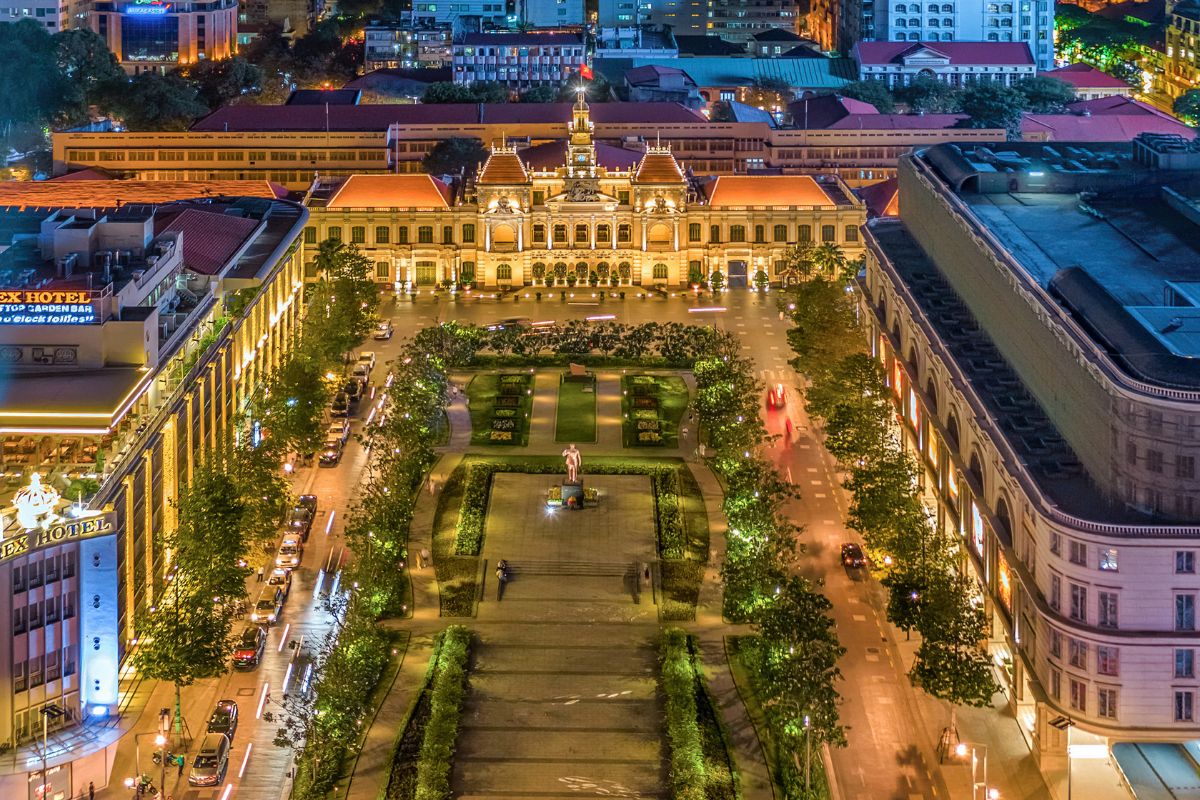
However, historical documents written by Le Quy Don in 1776 indicate that the place name Saigon existed before 1674, predating the arrival of the Chinese in Cho Lon. This challenges the persuasiveness of Vuong Hong Sen’s explanation.
1.3. Tribute of the West
French scholar Louis Malleret proposed that the meaning of Saigon originated from the term “Tay ngon,” meaning “tribute from the west” (Tay Cong). The pronunciation of “Tay ngon” by the Chinese resulted in “Sai Gon.”
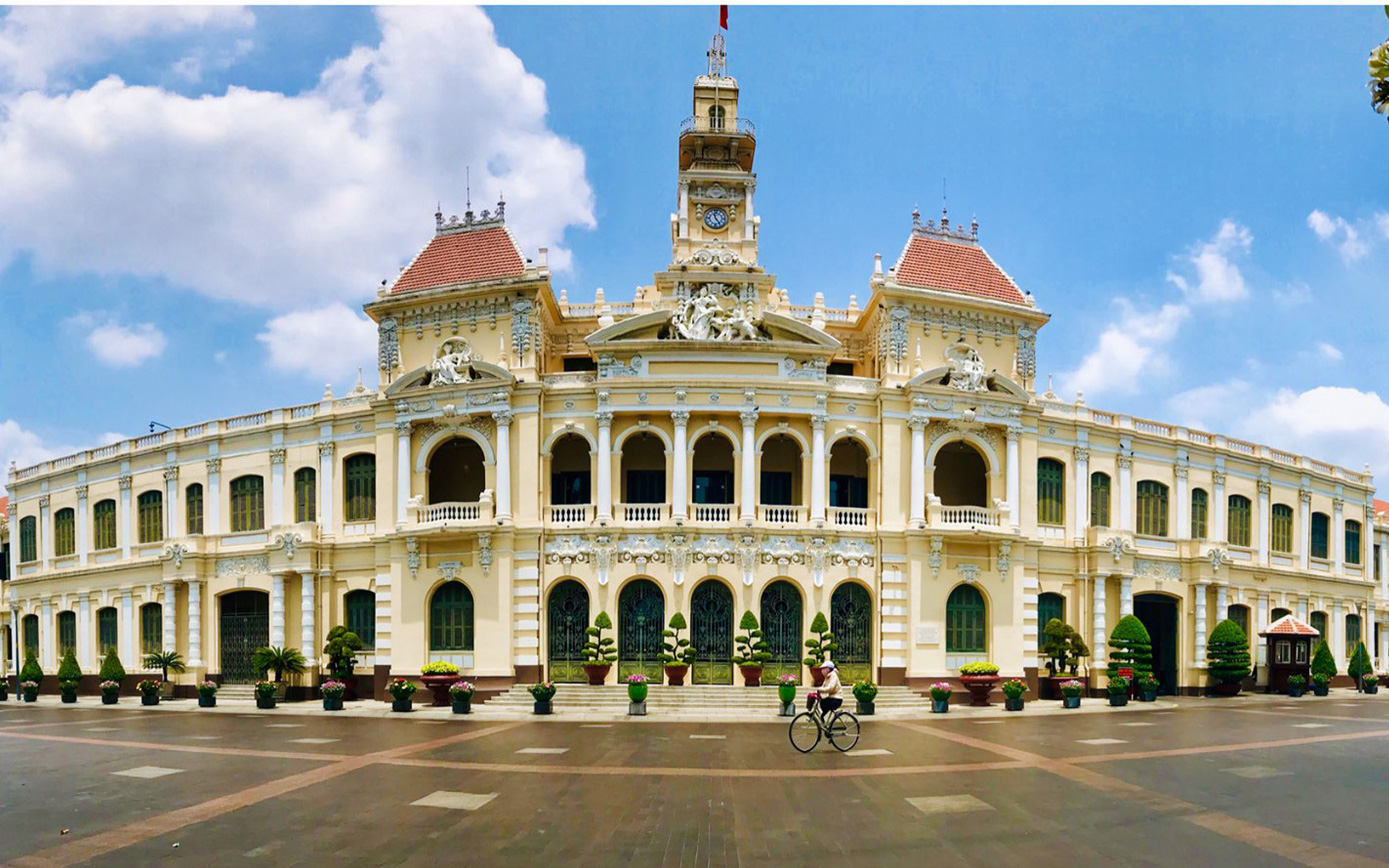
Malleret supported this theory based on historical records copied by Trinh Hoai Duc. When Cambodia split into two states, both kings paid tribute to the Nguyen lord in Prei Nokor. Vuong Hong Sen, however, argued that “Tay Cong” was a term introduced later by the Chinese and could not be the source of the name “Saigon.”
2. How did the name “Saigon” become “Ho Chi Minh City”?
After exploring the meaning of Saigon, the former name of Ho Chi Minh City, let’s delve into the reasons behind the emergence of the new name “Ho Chi Minh City” to replace Saigon. Following President Ho Chi Minh’s reading of the Declaration of Independence, which gave birth to the Democratic Republic of Vietnam in 1945, by August 1946, the Central Southern Department proposed using “Ho Chi Minh,” the name of the nation’s leader, as the new name for Saigon-Gia Dinh. 57 southerners in the revolutionary forces submitted a petition to the National Assembly and the government, stating, “…change the name of Saigon into Ho Chi Minh City as a symbol for the fight, the sacrifice of the southerners, and our determination to return to the homeland.”

However, during the years when Saigon was embroiled in the flames of war with numerous political and social upheavals, this intention was not officially approved. It was only after 1975, with the end of the Vietnam War and the reunification of Vietnam, that peace was restored across the country. In a National Assembly meeting, the decision was formally made to change the name from Saigon to Ho Chi Minh City on July 2, 1976.
3. Can the names “Ho Chi Minh City” and “Saigon” be used interchangeably?

“Is Ho Chi Minh City the same as Saigon?” or “Can ‘Ho Chi Minh City’ and ‘Saigon’ be used interchangeably?” are common questions posed by travelers visiting Vietnam, besides the question about the meaning of Saigon. The answer is that Vietnam’s largest city by population has two names: Ho Chi Minh City and Saigon. Locals often refer to Ho Chi Minh City as “Saigon” out of habit, as it is a shorter way to address the city. Another reason for the prevalence of the name “Saigon” is that many foreign visitors find it easier to remember than “Ho Chi Minh City,” and the abbreviation “SGN” is used for flights to and from Ho Chi Minh City. Therefore, both names, “Ho Chi Minh City” and “Saigon,” can be used interchangeably when referring to this location.
4. Overview of the present Ho Chi Minh City
Today, Saigon, or Ho Chi Minh City, is the largest city in Vietnam in terms of population and economy, with the highest economic growth rate in the country. It ranks second in terms of area and is a crucial hub for economics, services, industry, culture, and education.
With rich natural and cultural tourism resources, Ho Chi Minh City is a prominent tourist destination in Vietnam, attracting both domestic and international tourists with diverse forms of tourism, including culinary tourism, cultural festival tourism, historical and traditional exploration, eco-tourism, and more. The city boasts numerous historical and cultural landmarks, archaeological sites, museums, temples, and churches, along with vibrant entertainment and recreational areas that cater to the needs of visitors, earning its reputation as the “city that never sleeps.”
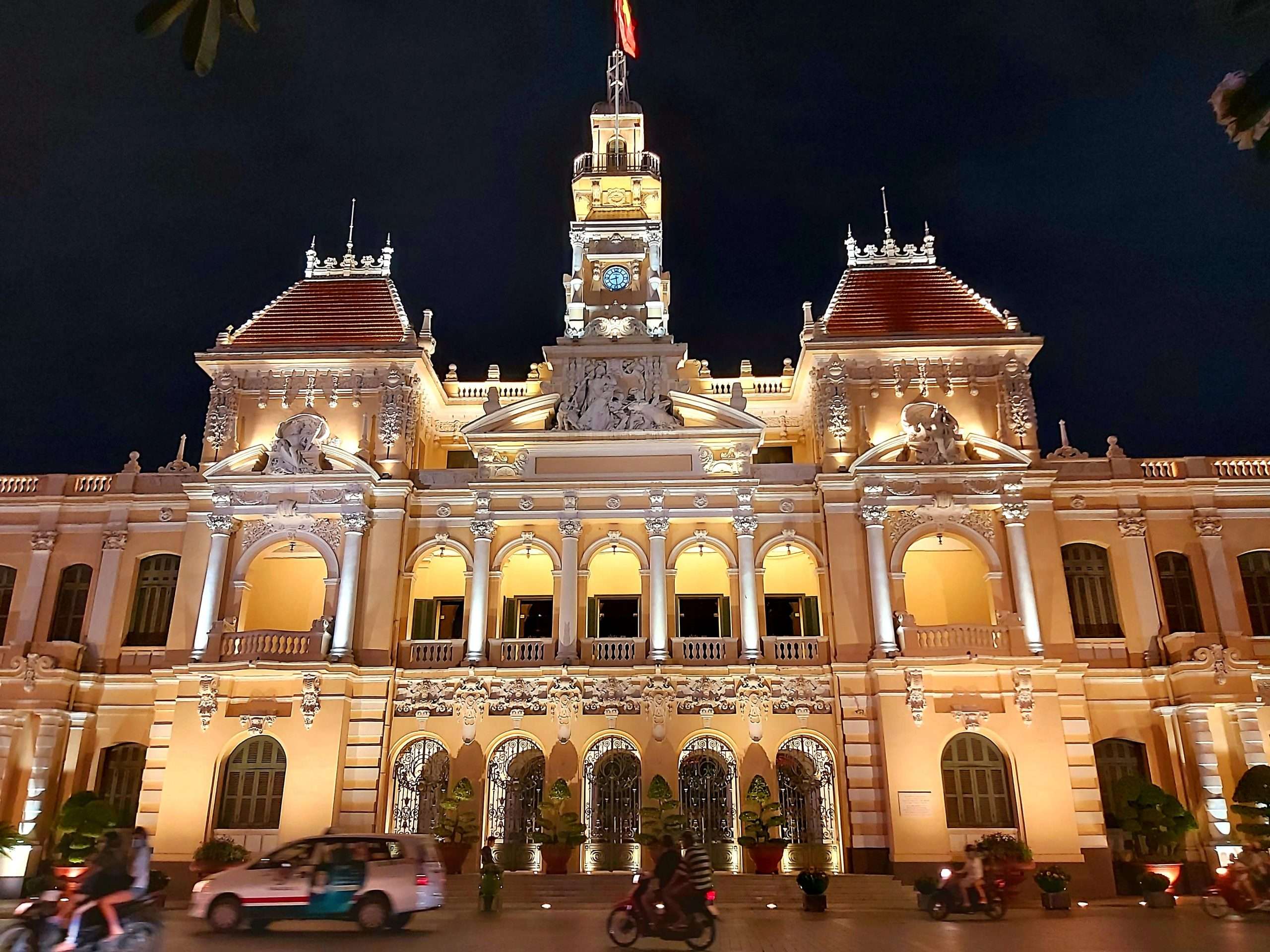
When you visit this incredibly vibrant city, don’t forget to check out some must-see tourist spots, including Ho Chi Minh City street food, Independence Palace, Ben Thanh Market, Bui Vien Street, Nguyen Hue Walking Street, Ho Chi Minh City Museum, Monkey Island, Notre Dame Cathedral, and others.
